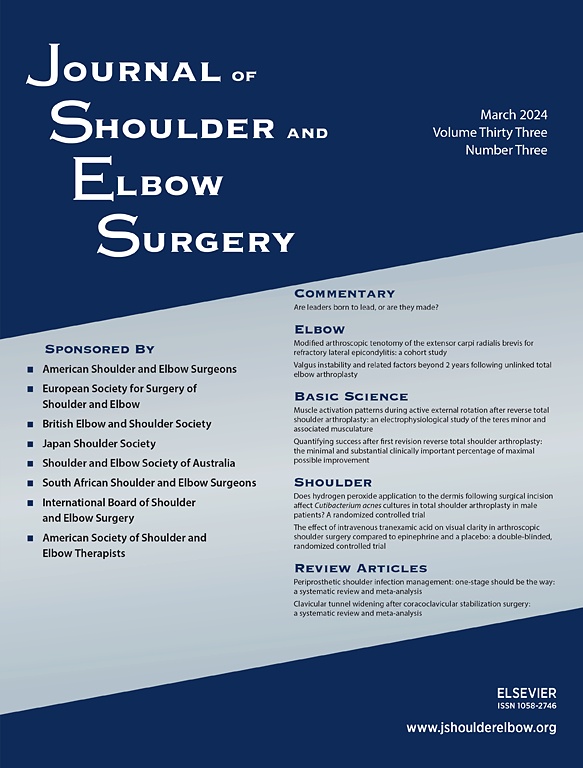
Similar functional outcome between nonoperative & operative treatment for proximal humerus fractures

Similar functional outcome between nonoperative & operative treatment for proximal humerus fractures
Operative versus nonoperative treatment of proximal humeral fractures: a systematic review, meta-analysis, and comparison of observational studies and randomized controlled trials
J Shoulder Elbow Surg. 2018 Aug;27(8):1526-1534. doi: 10.1016/j.jse.2018.03.009Did you know you're eligible to earn 0.5 CME credits for reading this report? Click Here
Synopsis
Seven randomized controlled trials and 15 observational studies were included in this meta-analysis which compared outcomes of operative treatment and nonoperative treatment for proximal humeral fractures. Pooled analyses for functional outcome on the Constant-Murley score demonstrated no significant differences between operative and nonoperative groups. Data from observational studies suggested h...
To view the full content, login to your account,
or start your 30-day FREE Trial today.
FREE TRIAL
LOGIN
Forgot Password?
Explore some of our unlocked ACE Reports below!

Learn about our AI Driven
High Impact Search Feature
Our AI driven High Impact metric calculates the impact an article will have by considering both the publishing journal and the content of the article itself. Built using the latest advances in natural language processing, OE High Impact predicts an article’s future number of citations better than impact factor alone.
Continue



 LOGIN
LOGIN

Join the Conversation
Please Login or Join to leave comments.